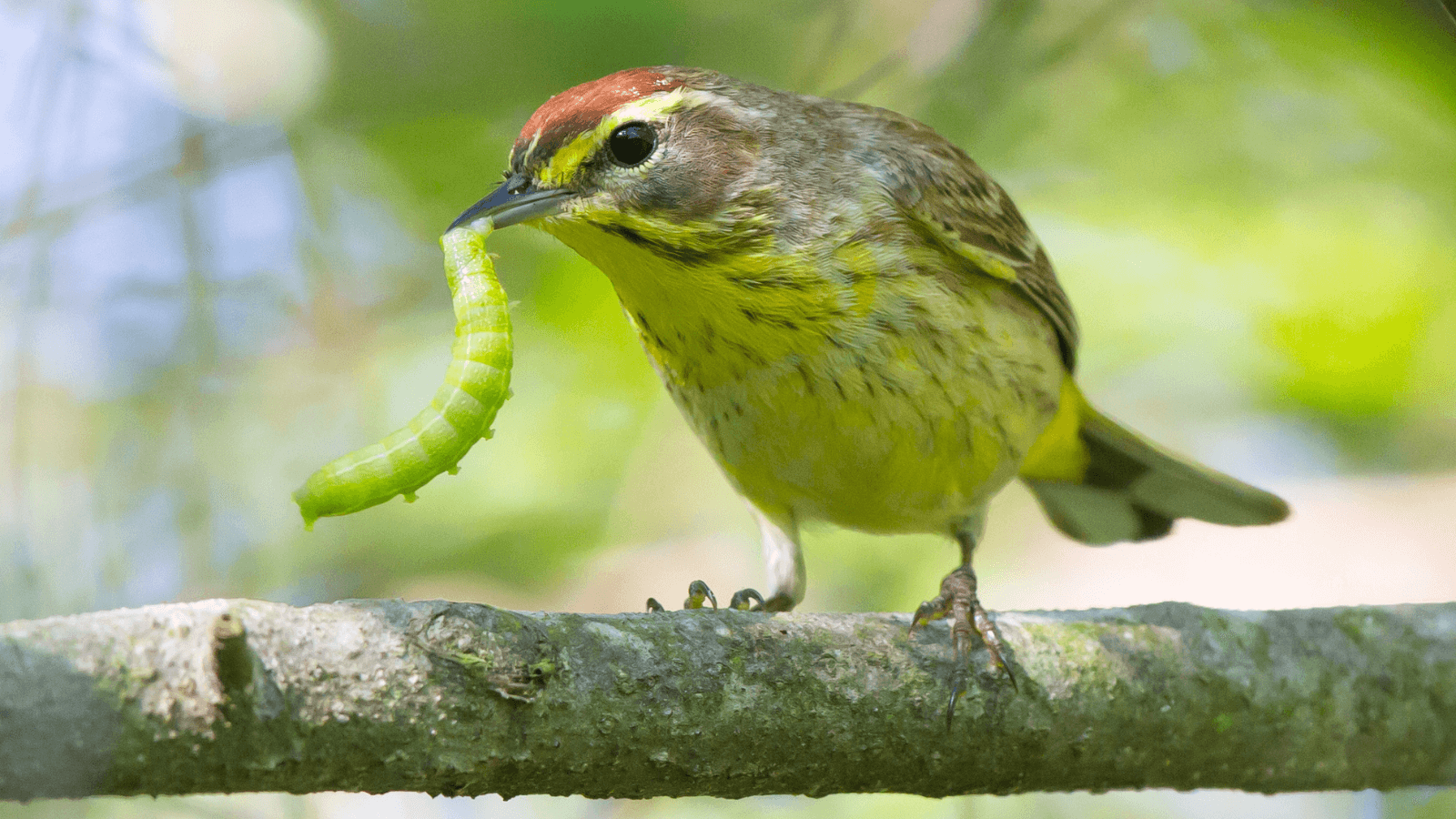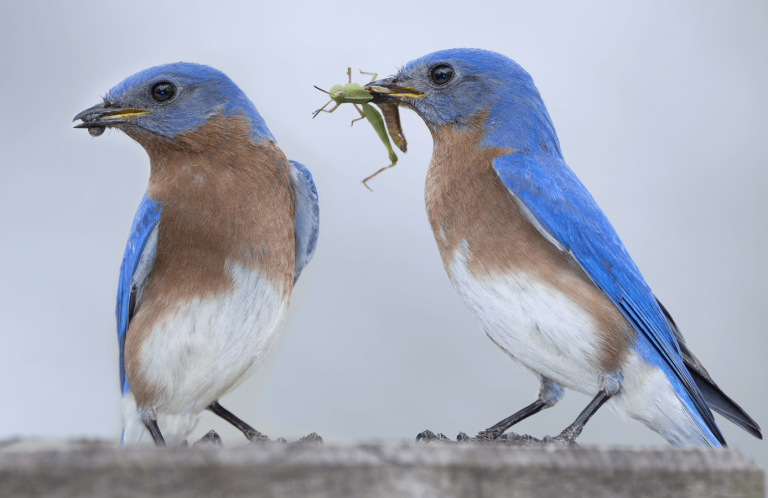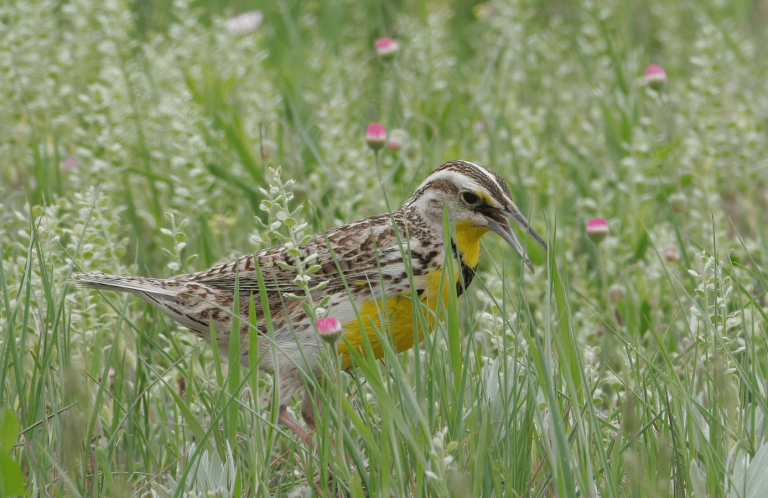Off the Rails: A Personal Reflection on Wildlife Impacts from the Norfolk Southern Train Derailment

The issues I work on as American Bird Conservancy's (ABC's) resident pesticides guy rarely receive national attention. Imagine my shock when “chemical regulation,” “contaminant mitigation,” and, as an Ohio resident, “East Palestine on the Ohio-Pennsylvania border” became household phrases when the Norfolk Southern train derailed last month.
News of the derailment was soon followed by stories of the chemical spill's impacts on wildlife. Ohio's Division of Natural Resources estimated that 40,000 individual animals died in the weeks immediately following the crash, mostly minnows and other small fish. Frogs, snails, insects, and other small animals were found dead as well. So far, there is no direct evidence of bird deaths connected to the chemical spill, but I see plenty of warning signs that this is something that could impact them.
With large-scale pollution events, birds often suffer the most as indirect victims of long-term effects. Before the EPA banned DDT in 1972, this insecticide accumulated up the food chain and killed birds by thinning eggshells, making successful chick hatching nearly impossible for species like the Peregrine Falcon and Bald Eagle. The Deepwater Horizon oil spill in 2010 coated the feathers of many nearby seabirds and hindered their ability to fly, but the loss of habitable coastline probably led to a higher loss of birdlife in the long run.
In the case of this chemical spill, mass die-offs of a single species, like minnows, may hamper local population recovery for years to come, with impacts that echo up the food chain. Water contamination may decrease habitability for insects and other invertebrates, which are vital food sources for birds trying to raise chicks. Fewer plants and less fertile streams mean fewer places to nest, rest, and refuel during migration. Plant die-offs could also pave the way for opportunistic nonnative species like Amur Honeysuckle, Purple Loosestrife, and Giant Hogweed — plants that crowd out the native species most valuable to birds and other wildlife.
These subtle changes are often the most harmful. In the Netherlands, use of a water-contaminating neonicotinoid insecticide was correlated with a population decrease in dozens of species of local birds. It was not that the birds were being poisoned themselves; rather, the insecticides reduced the supply of food to the point that it was insufficient to sustain population growth.
Regarding the question of exactly how birds will be impacted by the derailment, the most honest answer I can give is “we do not yet know.” We can take educated guesses based on the known impacts of other chemicals or past disasters, but there are no obvious precedents for the kind of spill that happened in Ohio in February. The upcoming migration season, with its influx of billions of individual birds into U.S. skies — millions of which will either pass through or even stop to breed for the summer in Ohio — will probably be the first real test of this environmental tragedy's more immediate impacts on birdlife.
So, what can we do about it? While we cannot prepare for every possible accident or disaster, we can do a better job of addressing the threats we do know about, the events we can plan for. The more we cut back on existing environmental stressors, the better equipped ecosystems will be to bounce back from this kind of shock to the system. For example, we need fewer chemicals used in farming so that there are fewer contaminants already in the environment when there is a spill. We need fewer rodenticides in our communities so there is one less chemical threat posed to our pets, children, and native raptors. We need safer insecticides, fungicides, and herbicides that will have little to no impact on the environment.
That's why ABC is working with lawmakers to pass important bills like the Birds and Bees Protection Act in New York, the Highways for Habitats bill in Minnesota, and the Protect America's Children from Toxic Pesticides Act in the United States Senate. It's why we meet regularly with representatives from the National Wildlife Refuge system to discuss agricultural chemicals on public lands, and petition the EPA to require proof that a pesticide works before it gets put onto shelves. It's why ABC submitted nearly 50 technical comments on chemical registrations and federal wildlife regulations last year. And, it's why we provide advice on how individuals can reduce chemical use at home or advocate for stronger pesticide regulations.
These steps help ensure that an unexpected chemical spill is not the straw that breaks the songbird's back.
###
American Bird Conservancy (ABC) takes bold action to conserve wild birds and their habitats throughout the Americas. Inspired by the wonder of birds, we achieve lasting results for the bird species most in need while also benefiting human communities, biodiversity, and the planet's fragile climate. Our every action is underpinned by science, strengthened by partnerships, and rooted in the belief that diverse perspectives yield stronger results. Founded as a nonprofit organization in 1994, ABC remains committed to safeguarding birds for generations to come. Join us! Together, we can do more to ensure birds thrive.
Media Contact
Jordan Rutter
Director of Communications
media@abcbirds.org


















































